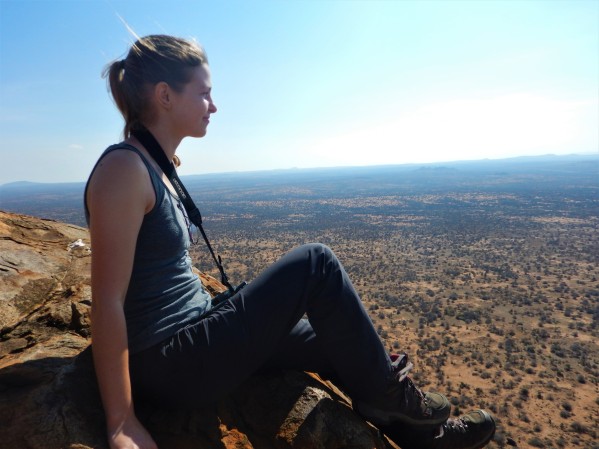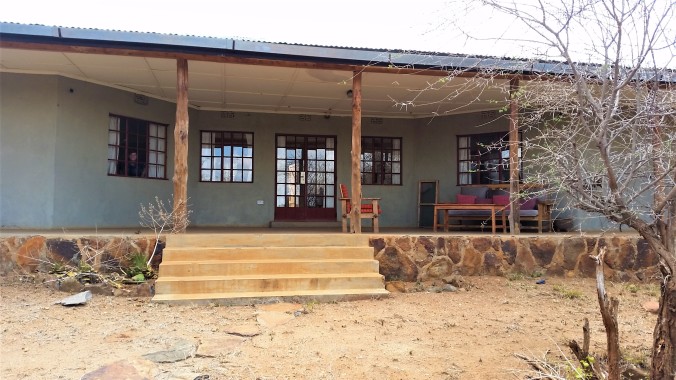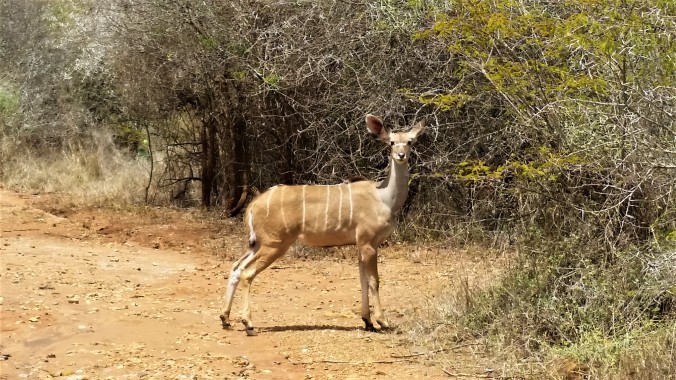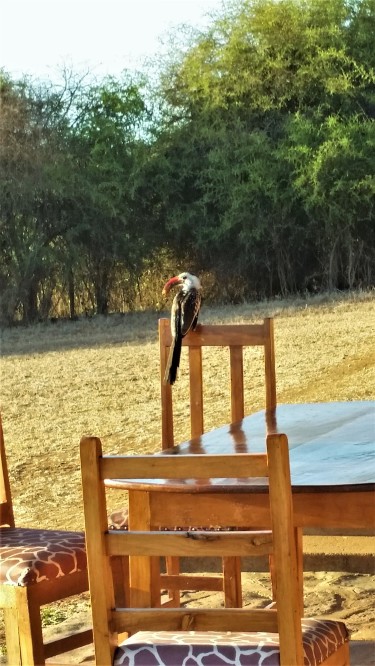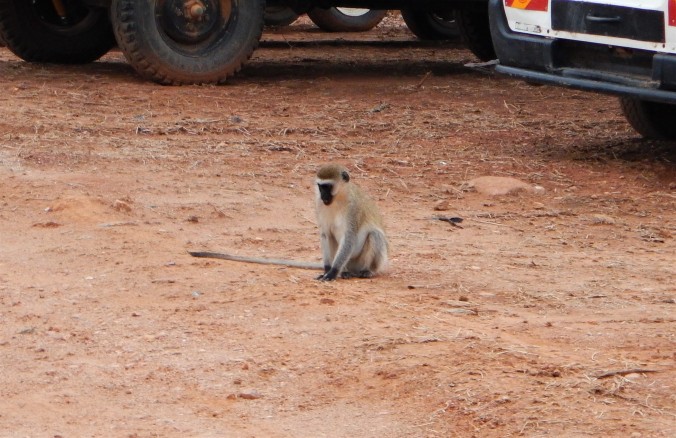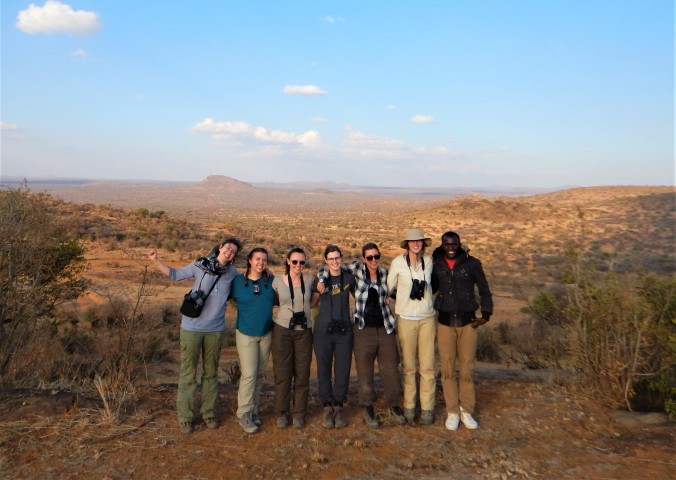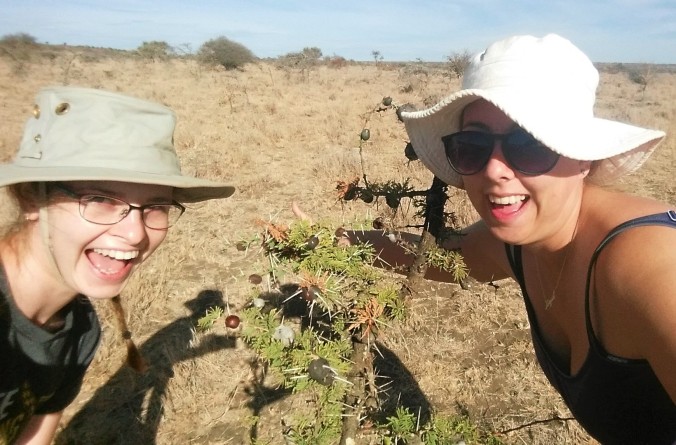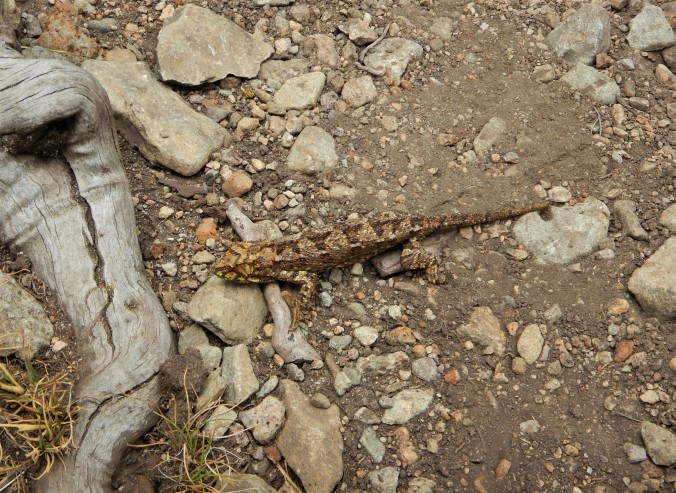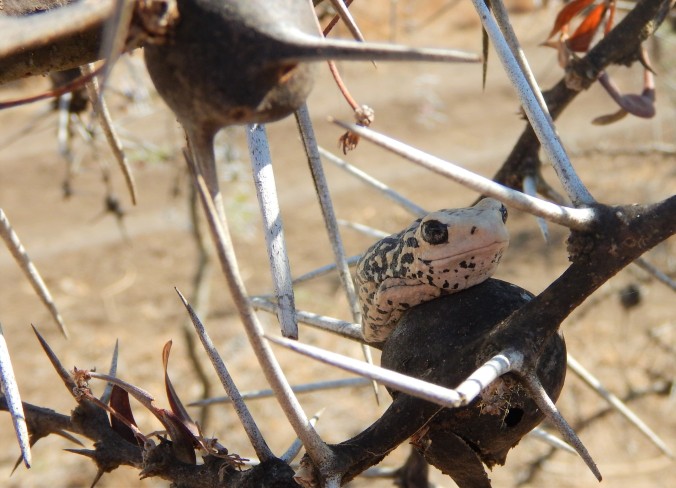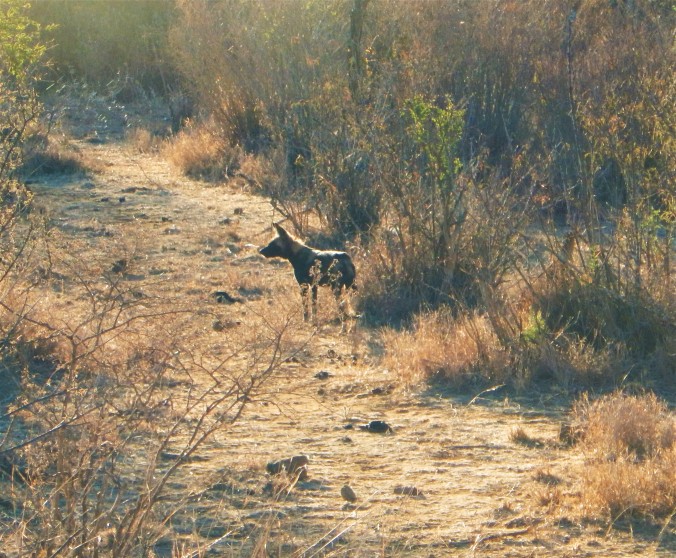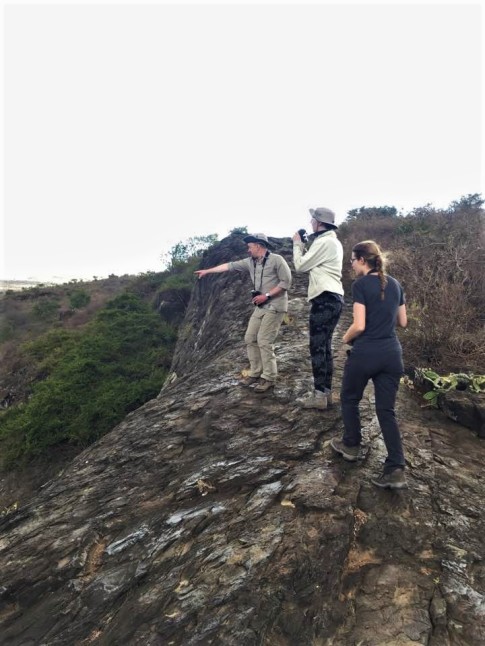Back in September, as a treat to myself for making it through my Master’s degree, I went back to the Moray Firth where I saw my very first dolphin at 10 years old. However this time I was lucky enough to join the Cetacean Research and Rescue Unit (CRRU) and help with their research programme.
This trip was, all clichés unashamedly intended, a childhood dream come true. I think it’s taken me so long to write about it because I wish I was still there! However as I’m about to embark on my next cetacean quest I thought it was finally time to put this experience down in writing.
Who are the CRRU?
Initially formed in 1997 the CRRU is a non-profit organisation comprised of a team of marine researchers and environmentalists. They study the transient population of bottlenose dolphins in the area, and any other cetaceans they come across. As well as collecting scientific data in collaboration with Universities and research institutions, the CRRU team provide 24 hour veterinary support for injured or stranded marine mammals. Part of the induction of volunteers into the team involves learning marine mammal rescue techniques so that you can assist should the team be called out to a live-stranding. They also have a large outreach and community education programme, giving talks and training courses as well as providing work experience placements and projects for students at University.
Arrival
The drive up from Leeds to the home of CRRU in Gardenstown was beautiful, if long and a little lonely. Therefore I was incredibly happy to pick up two of the other volunteers from the train station in Aberdeen to join me for the last hour of my journey. Kev, the CRRU Director, had warned me about the steep sea wall but that still didn’t prepare me for the vertigo inducing drop I had to inch the car along! Car safely parked we made our way inside a gorgeous little cottage to a flurry of hugs, a crackling fire and a cuppa. Kev greeted us like family and informed us that most of the staff (all incredibly qualified volunteers) unfortunately had been called away on other business, and that we would be the CRRU team for the last weeks of the season, which meant learning the ropes quickly! We got to know each other over a few competitive games of UNO and chattered excitedly about what we might see on our first day out on the boat tomorrow.
First day on the boat
Unfortunately the weather wasn’t quite what we had hoped for, however this didn’t deter us. We WERE the CRRU team, we had boat skills to practice, observation techniques to learn and seasickness to overcome. So we ventured out onto the choppy North Sea, cameras in hand. The CRRU boat is amazing, an 8 meter RHIB with twin engines and an awesome sound system – plus everyone got a chance to drive it!
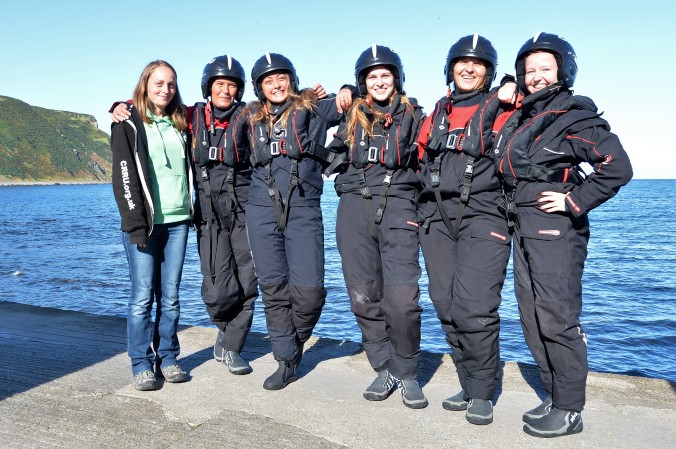
Team X (photo: Kev Robinson)
We weren’t hoping for much as the weather conditions were worsening. However there were no feelings of disappointment as everyone was just having a enjoying the time spent out on the sea. Unexpectedly a call of “Dolphin!” had us all screeching “What, where?” and frantically positioning ourselves around the boat. Three sub adult bottlenose dolphins appeared right beside us, playing and rubbing up against each other. Kev recognised them instantly, calling out there names as each surfaced and pointing out notches and scrapes on their dorsal fins to identify them. Despite being overwhelmed by the sudden appearance of dolphins it was straight to work, recording the encounter and the different behaviours the dolphins were displaying. Working as a team some of us took notes about the encounter whilst others tried to photograph the dorsal fins so that we could confirm their identities later. The trio stayed with us for about 10 minutes before disappearing as quickly and silently as they had first appeared.
Dolphins weren’t the only surprise on our first day at sea. We got to the end of our transect and turned heading away from shore, and much to our surprise spotted a harbour porpoise. Not just one or two, as we had first thought. We counted around 35 of these tiny cetaceans. Harbour porpoises tend to be spotted alone, or in small groups of up to about 8 individuals. So to have more than 30 surrounding the boat was quite extroardinary. The encounter was short but sweet, much like the animals themselves. As we made our way back to Gardenstown we were followed by curious grey seals, watched black guillemots and gannets swooping through the sky and even spotted a baby puffin, which are called pufflings!
Day 1 on the boat had set the bar rather high.
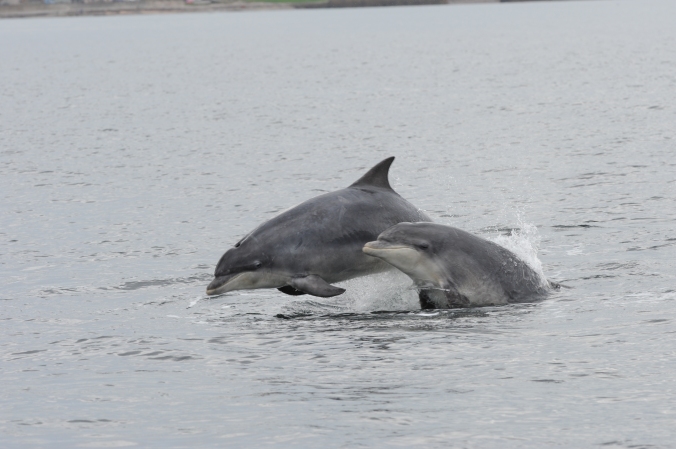
Two of the sub adult bottlenose dolphins (photo: Kev Robinson)
Stinky minkes
Our next outing on the boat involved a couple of mystery encounters. The first was a possible basking shark, we spotted the telltale silhouette of the tip of the tail, dorsal fin and the snout of the nose. However it was so far away it could quite possibly have been a group of seals, and unfortunately it disappeared when we began to approach. The second was a large blow off in the distance, Kev tried to convince us it was a submarine disappearing back into the depths, however later that evening we heard that another boat had spotted a fin whale! Quite a rare thing to sight in the Moray Firth.
Up to this point we hadn’t really seen much that we could positively identify. Just one tiny harbour porpoise that most of us missed. Therefore when two rather large minke whales appeared, it’s safe to say we were all rather surprised! Not only is it unusual to see more than one whale travelling together, but they appeared to be feeding together, lunging out of the water their mouths agape sending sand eels leaping from the water in an attempt to escape. They came so close to us that we caught the scent of their blows, which have the distinctive smell of old cabbage! Incredibly the two minke whales stayed with us for around 40 minutes, allowing us to conduct a ‘focal follow’ in which we recorded the larger whales pattern of breaches, length of dive, direction of travel and associated behaviour. Minke whales tend to breach 3 times before they arch their backs and descend on a deep dive for several minutes. The whale we had chosen to track however clearly wasn’t interested in helping to progress our understanding of their diving behaviour, they were more interested in our boat. We kept spotting it around 6 metres directly beneath the boat on our fishfinder.
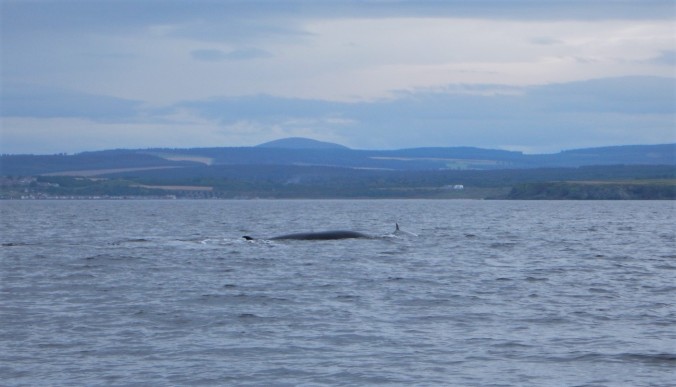
Two minke whales feeding
Over the course of the time I spent with the CRRU I learned a lot about cetaceans and other marine mammals, but I also gained valuable practical skills in photo identification, marine mammal rescue, boat handling and maintenance and cooking to feed a large group of hungry people! Every minute was filled with something to learn, jokes to be shared or games to be played. I met some wonderful people during my time there and I really hope I get to go back in the future. I’m not sure I’ve done the experience justice in this post so if you get the chance, go visit them and see for yourself.
